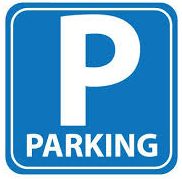 January 2023
January 2023
There was once a wide-held belief among city planners that buildings required a minimum number of parking spaces. In Toronto this thinking is changing.
Current thinking is that eliminating parking requirements could make communities more livable. During the pandemic parking spaces on the street were repurposed for patios and bicycle lanes. Many would like this trend to continue with additional uses to include more green space. On Yonge Street, north of Sheppard Ave., the City is thinking of removing one lane of roadway in each direction to widen sidewalks, create seating and possibly facilitate outdoor patios.
City parking requirements have not been substantially revised since 1986. Revisions would provide city planners with greater flexibility to make decisions as fewer teenagers choose to obtain a drivers’ license and public transit continues to improve.
High-rise communities, without minimum parking space requirements, could become less expensive and more desirable. Parking requirements in a multi-unit residential building, currently 1.2 spaces for each dwelling and intended to ensure each building supports it own demand for parking, assumes each unit will have at least one vehicle. In many communities this assumption is incorrect. The cost of parking is included in unit purchase and rental cost for both drivers and non-drivers. Many communities are required to create more parking than required and for all residents to pay for it.
 Reducing access to parking is now viewed as promoting use of public transit, and reducing the need to create more roadways and commercial/retail parking. This space can be used for other purposes while reducing development costs.
Reducing access to parking is now viewed as promoting use of public transit, and reducing the need to create more roadways and commercial/retail parking. This space can be used for other purposes while reducing development costs.








